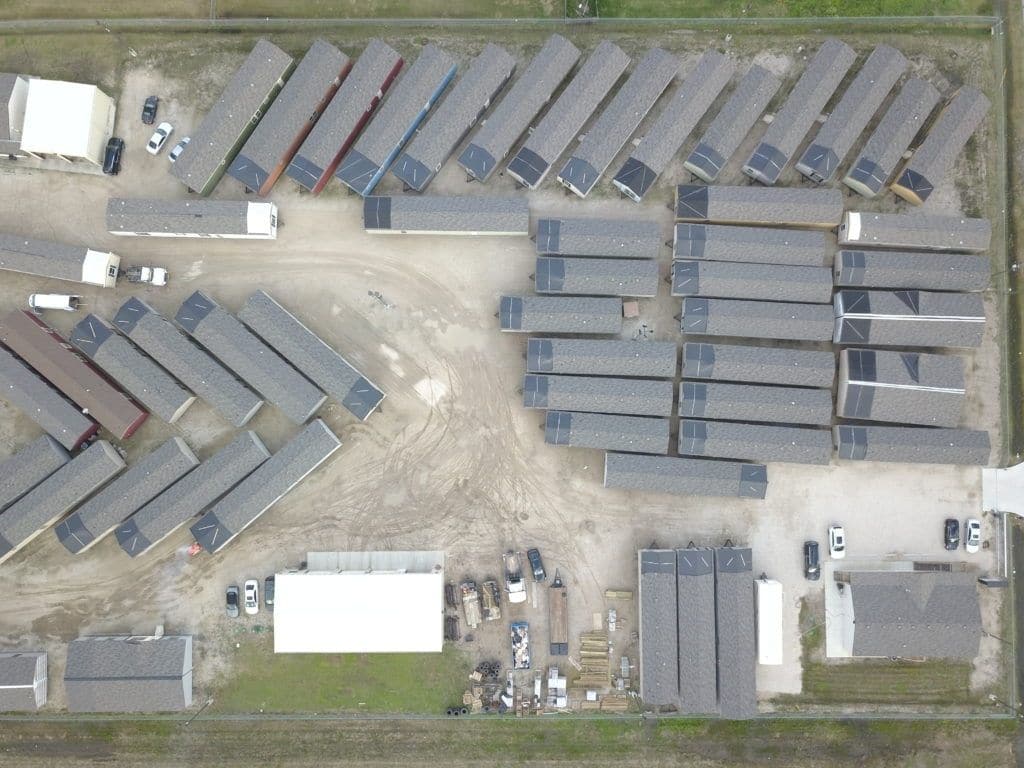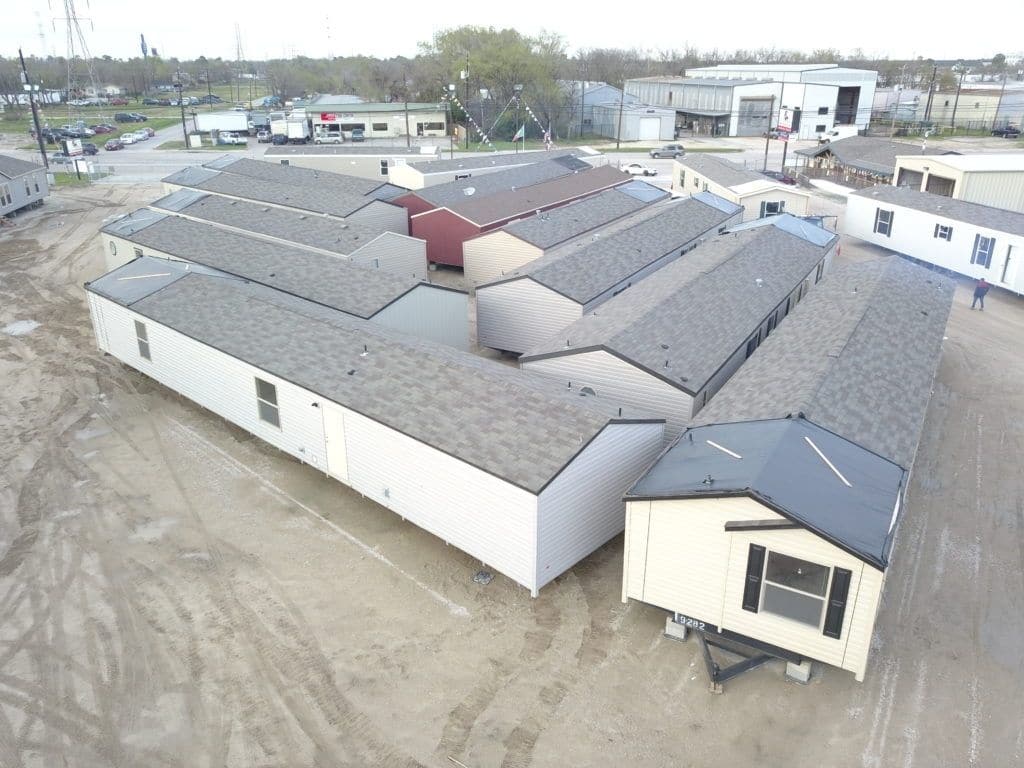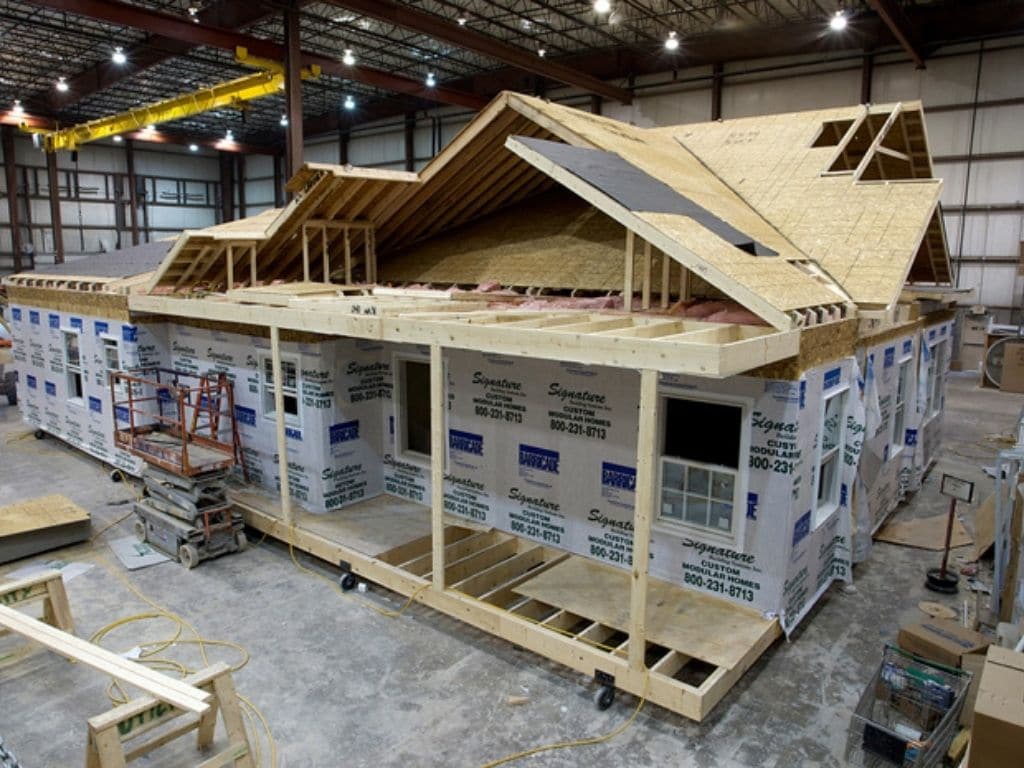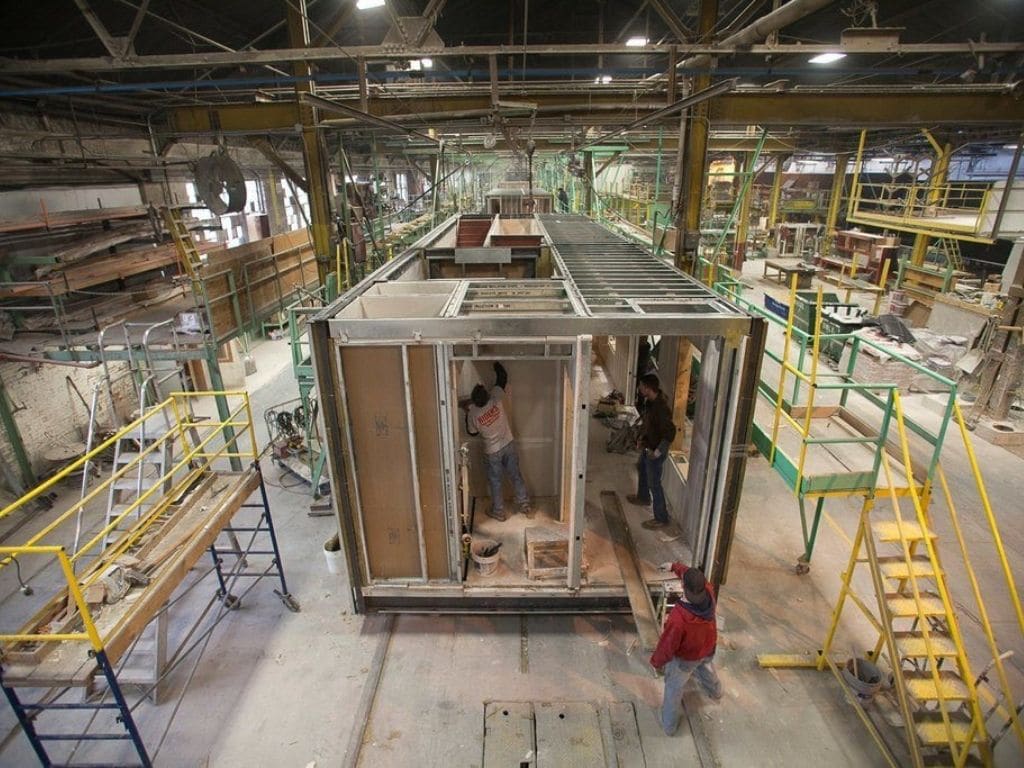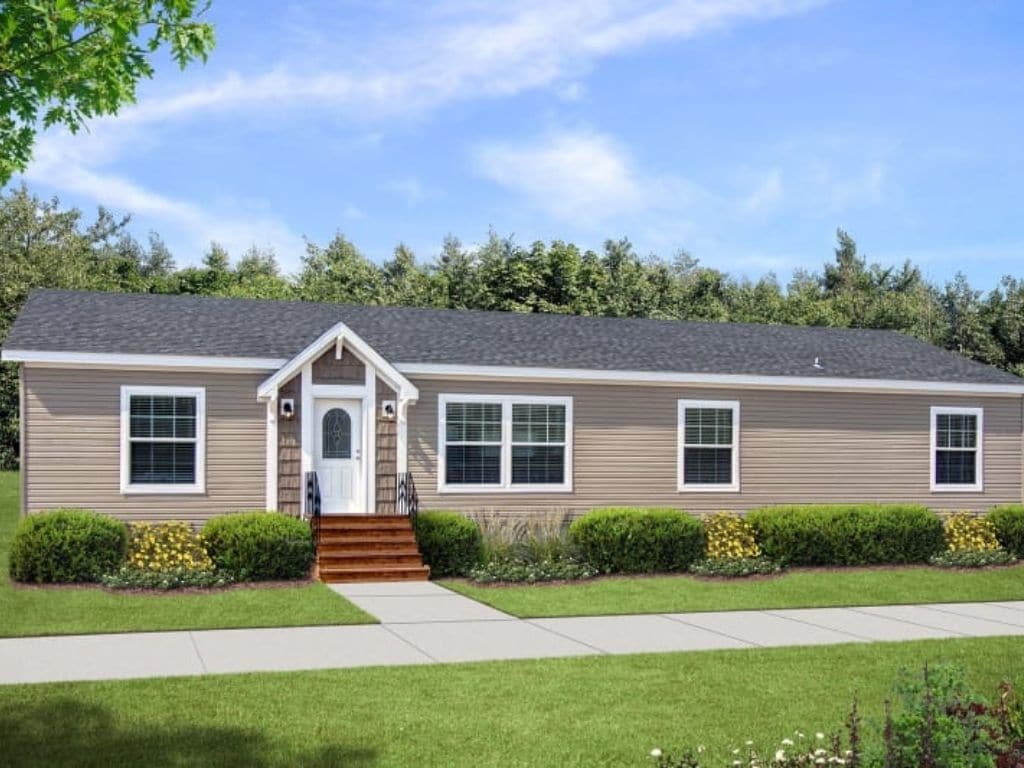Today's manufactured homes have a life expectancy of 30 to 55 years depending on the level of maintenance... They established a nationwide building code for manufactured homes in 1976, and have ratcheted up the construction standards every few years since then. Newer homes are built to be more windstorm and fire-resistant, along with other requirements that make the homes sturdier overall.
U.S. Department of Housing and Urban Development (HUD)
Most real estate investors are constantly searching for investments that make sense and have a great return. We all want to make 20% per year with no risk. In today’s environment that’s somewhat unreal; however, there are some wonderful investments out there if you take the time and effort to look closely.
One such opportunity that the principals of TFS Properties have recently identified is manufactured homes – as investments. There are a lot of preconceived ideas about manufactured homes, especially if you live in a big city like our buyers in Los Angeles. When the terms “mobile home park” or “manufactured homes” come up, we all visualize wasted parks in the aftermath of a Mid-West tornado that these mobile home parks seem to attract – and the media loves to air on prime time.
This does happen from time to time. but they are not that common. According to www.Money-Zine.com, over 250,000 manufactured/prefabricated homes (the preferred term) were sold in the US in 2016. That equates to a $3.65 Billion yearly industry.
A deeper dive into the manufactured home industry gives us a lot more confidence in the quality of the build. Many of the destroyed homes you see on TV were built prior to 1976, the year when the Office of Manufactured Housing was established as part of the US Department of Housing and Urban Development (HUD currently chaired by Ben Carson). The agency has been charged with overseeing the advancement of standards and regulations to improve the quality of this type of housing after the safety and quality of these homes came into serious question in the ’60s and ’70s. Since then, the quality of homes has drastically improved and in 1994, HUD issued a whole new level of standard to address key factors such as wind resistance, fire safety, building strength, and energy efficiency concerns. Unquestionably, the homes built after this date are in a whole different caliber of high standards in comparison to pre-1994.
Fast forward to 2017 and you’ll find some of today’s manufactured homes are quite luxurious. Stevie Nicks owned a manufactured home in Paradise Cove, Malibu, and last year (2016), it sold for a whopping $5.3 Million! I actually had the opportunity to see it. Check out this video of her house: https://www.youtube.com/watch?v=TpbIgQ7z7iA
Not sure if I’d pay a steep $5.3 Million for it, but it’s not bad at all. Below is a more typical manufactured home:
https://www.championhomes.com/manufactured-mobile-homes
They are precisely built to specification in a factory with computer-enhanced designs. The joints, walls, floors, etc. are precisely cut and fitted, with no room for error. They can be built from 500 to 2,500 square feet and most are in the 1,000-1,500 square foot range, very typical of any modern suburban home. Due to strict standards and guidelines implemented by HUD, the durability and quality of today’s manufactured homes are easily as good as any modern suburban house and due to the factory precision construction, they are probably better.
Another concern that comes up is the longevity of this type of home. If you bought a house, how long would you expect it to last? Easily 50+ years for any modern built home. Usually, the standard repairs are cosmetics that need to be updated, as a kitchen or bath remodel. It is no different for manufactured homes. Many older parks have homes that are easily 50 years old, and that was under the old standards. With the current implementation of HUD, homes build after 1996 will undoubtedly last longer with the strengthened build. It’s too soon to have any statistics, but we’re confident that today’s manufactured homes will easily last as long as any modern-built single-family residence.
We are fully aware of hurricanes, tornadoes, and high winds; consequently, these concerns were also addressed in the 1996 regulations. Today, areas that have manufactured homes are divided into zones, which is based upon the intensity of winds that occur in that area. There is a system of anchors and tie-downs that are used to stabilize and hold down a building. The zone that your home is located in tells you the level of anchoring that you need. This ensures that in an intense wind, etc. your manufactured home holds firmly to the ground. For a further explanation and map of zones see this link.
You can see that the problems that most of us have envisioned for mobile homes have been clearly addressed by both the government and the industry and as a result, this area of housing has flourished. Today people are very comfortable with the increased standards and livability of the modern manufactured home. If one travels just about anywhere in the south of the US, you can see hundreds of these pleasant communities.
So why are we talking about these homes? Today in America, there is a shortage of housing. Due to the economic crash of 2008-2009, capital available for developers evaporated and very little inventory was built for many years. America’s population has been growing at a consistent clip – about 3 Million new people annually between births and immigration are added. With fewer new homes or apartments being built for the majority of the Great Recession, there is currently a pent-up demand for housing of any type. In Texas, it is even worse. Texas and particularly the Houston area are ranked #1 in growth in America. In addition, Hurricane Harvey destroyed several hundred thousand homes in the South Texas Market and leftover 350,000 people displaced.
Any available housing, whether it’s an apartment, single-family home, or mobile home is occupied with very little vacancy and it is anticipated that this situation will remain for many years. One interesting fact of a manufactured home is that even though it costs a fraction of a normal suburban home to build, it rents for a comparable amount. This means the cap rates (% percentage of net income from the rent) are much higher on a manufactured home for a similar-sized asset. Specifically, typical cap rates in the Houston area for single-family rentals are in the 6% range. For manufactured homes, that number doubles to the 10% range and sometimes well over 12%+. The returns are very attractive and while you don’t get the price appreciation with manufactured homes that you do with a regular home, the annual bump ups in rent allow the cash flows to become very attractive in comparison to the purchase price until they are no longer usable. Today’s manufactured homes have a life expectancy of 30 to 55 years. At their current price point, they can easily be purchased through an IRA or Roth IRA.
In the world we live in, interest rates are ridiculously low. Any investor who is trying to get some sort of decent income stream off of their investments is hard-pressed to find any low risk, the quality investment that is paying more than 3-4% cap rates. When it comes to income property in the Los Angeles region, cap rates are at an all-time low, with the median cap rate for multi-family apartments only 3% with deferred maintenance. This makes rental property outside of California very attractive. At TFS Properties, Inc. we specialize in finding above-average rental properties out of state that is off-market. Please contact us to find what opportunities we currently offer.
